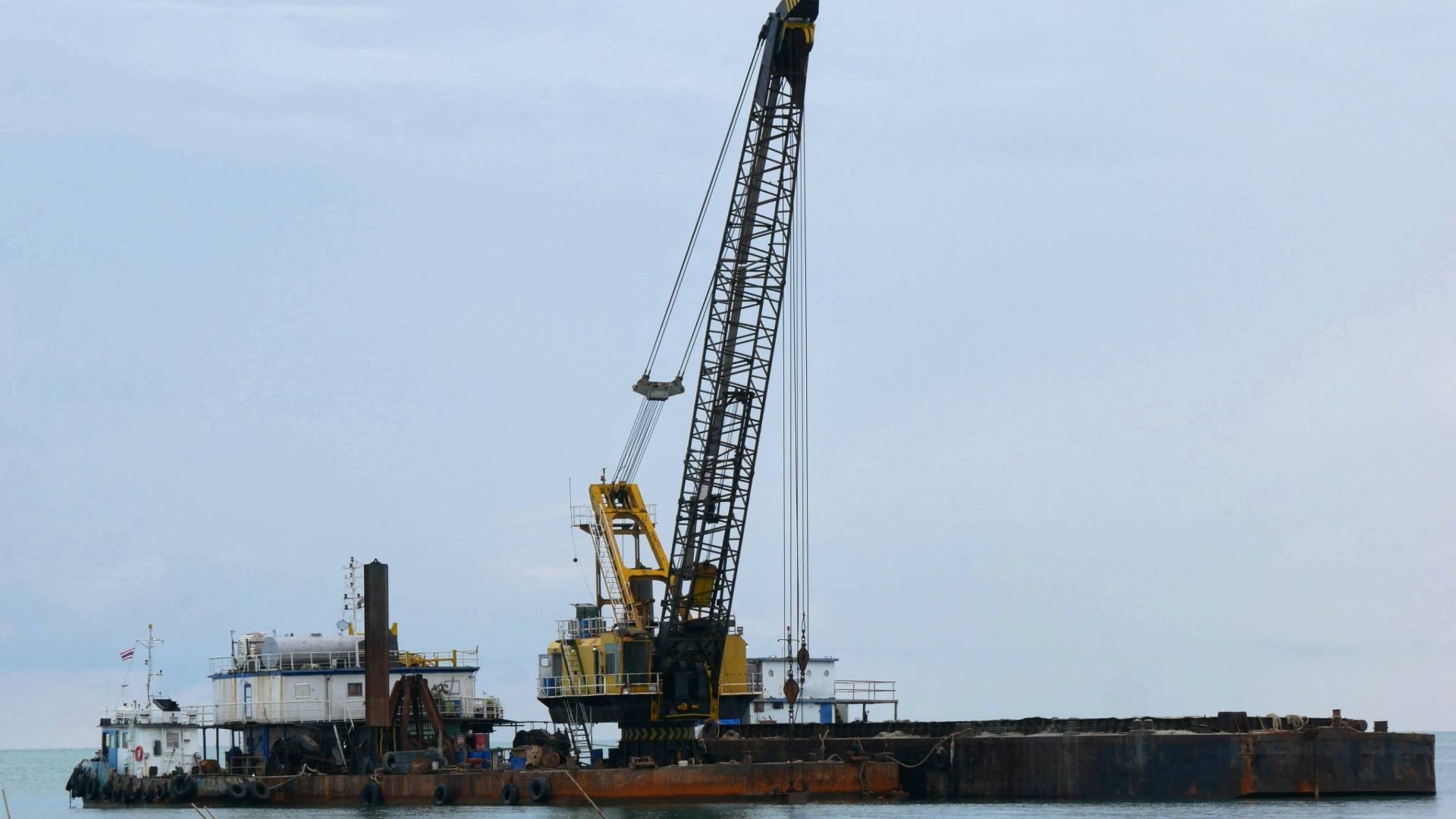Introduction
A significant milestone has been reached in marine infrastructure and environmental management in Ireland, as the Environmental Protection Agency (EPA) has granted approval for an extended dredging operation near Foynes Port. The decision, which removes the final regulatory hurdle for the Russian-owned company Rusal, will allow the firm to continue and expand its marine dredging activities in the region and dispose of dredged materials at a newly approved site near Foynes Island.
This move follows An Bord Pleanála’s (now An Coimisiún Pleanála) approval of planning permission earlier this year for the physical components of the new dumping area. With the EPA license now secured, Rusal can proceed with its planned dredging and disposal operations, aimed at maintaining navigational safety and ensuring long-term marine environmental health.
Marine Dredging at Foynes: Why It Matters
Foynes Port is one of Ireland’s most vital deepwater facilities, situated on the Shannon Estuary. It handles a significant volume of bulk cargo and plays a strategic role in national and regional trade. To maintain its functionality and support growing maritime traffic, regular dredging of harbor channels, berths, and approaches is required. Over time, sediment naturally accumulates in these waters, reducing navigational depth and posing risks to vessel safety.
Marine dredging—the process of removing sediment and debris from the seabed—is essential in such scenarios. It ensures that channels remain open and navigable for commercial vessels, especially during tidal changes or in periods of high sedimentation. By approving Rusal’s dredging expansion, the EPA has not only supported ongoing port operations but has also recognized the critical importance of sustainable dredging practices in coastal regions.
Environmental Considerations and Disposal Strategy
Dredging operations must strike a delicate balance between infrastructure development and environmental stewardship. Improper sediment removal or disposal can disrupt marine ecosystems, resuspend pollutants, and impact biodiversity. That’s why projects like the one near Foynes undergo intense scrutiny, including environmental assessments and public consultations, before receiving clearance.
Rusal’s newly approved disposal site near Foynes Island was selected after a thorough review and planning. It will allow for the safe relocation of dredged materials without negatively impacting the estuarine or marine environments. The EPA’s license includes provisions and monitoring requirements to ensure that sediment is deposited responsibly and does not interfere with marine life, sensitive habitats, or water quality.
Sustainable dredging involves not only removing material but managing what happens to it afterward. Depending on the sediment quality, dredged material can be reused in land reclamation, beach nourishment, or—as in this case—strategically deposited in designated offshore or nearshore sites.
Regulatory Journey: Planning and Approval Milestones
The regulatory process for this dredging expansion spanned multiple agencies and phases. Earlier this year, An Bord Pleanála granted planning permission for the infrastructure needed at the new dumping site. This included access roads, containment structures, and environmental monitoring systems. With the physical development aspects approved, the final step was securing EPA licensing for actual dredging operations and marine disposal.
The EPA’s approval came after an in-depth review of environmental impact reports, marine habitat assessments, and sediment quality studies. Public feedback was also considered, particularly from environmental groups and fisheries stakeholders concerned about potential disruption to marine ecosystems.
With both planning and environmental permits now in place, Rusal’s dredging operations are fully authorized to proceed.
Economic and Operational Impact of the Dredging Expansion
This marine dredging project carries substantial economic significance. Foynes Port is a key logistics hub in Ireland’s west coast, handling commodities such as aluminum ore (bauxite), agricultural inputs, timber, and energy materials. Ensuring that vessels can safely access the port year-round is vital to regional commerce and national supply chains.
By expanding its dredging capacity, Rusal will support smoother port operations and potentially enable larger vessels to dock. This may reduce shipping costs, attract more maritime traffic, and improve port competitiveness on an international scale. Moreover, the project could generate local employment during the construction, dredging, and environmental monitoring phases.
Commitment to Marine Environmental Protection
While infrastructure and economic concerns are crucial, the approval process also highlights Ireland’s commitment to protecting its marine environments. The EPA’s rigorous assessment protocols are designed to ensure that dredging projects comply with national and EU environmental legislation, including the Marine Strategy Framework Directive and the Habitats Directive.
As part of the license, Rusal will be required to implement mitigation measures, including:
- Regular water quality testing
- Monitoring of sediment dispersion
- Avoidance of ecologically sensitive zones
- Limiting operations during fish spawning seasons or bird nesting periods
These measures will help minimize the ecological footprint of the dredging operations and preserve the health of the Shannon Estuary’s diverse habitats.
Looking Ahead: A Model for Responsible Dredging
The EPA’s approval of Rusal’s dredging expansion near Foynes Port sets an important precedent for how marine dredging projects should be approached in the future. With growing pressures on coastal infrastructure due to climate change, rising sea levels, and increasing maritime activity, dredging will continue to be a necessary tool in port management and shoreline maintenance.
However, projects must be carried out responsibly—with transparency, scientific rigor, and long-term environmental sustainability in mind. The collaboration between planning authorities, environmental regulators, and private operators, such as Rusal, demonstrates that economic development and ecological protection can go hand in hand.
As dredging begins near Foynes Island, ongoing monitoring and community engagement will be key to ensuring the project delivers on its promises—safe navigation, economic efficiency, and marine environmental stewardship.
